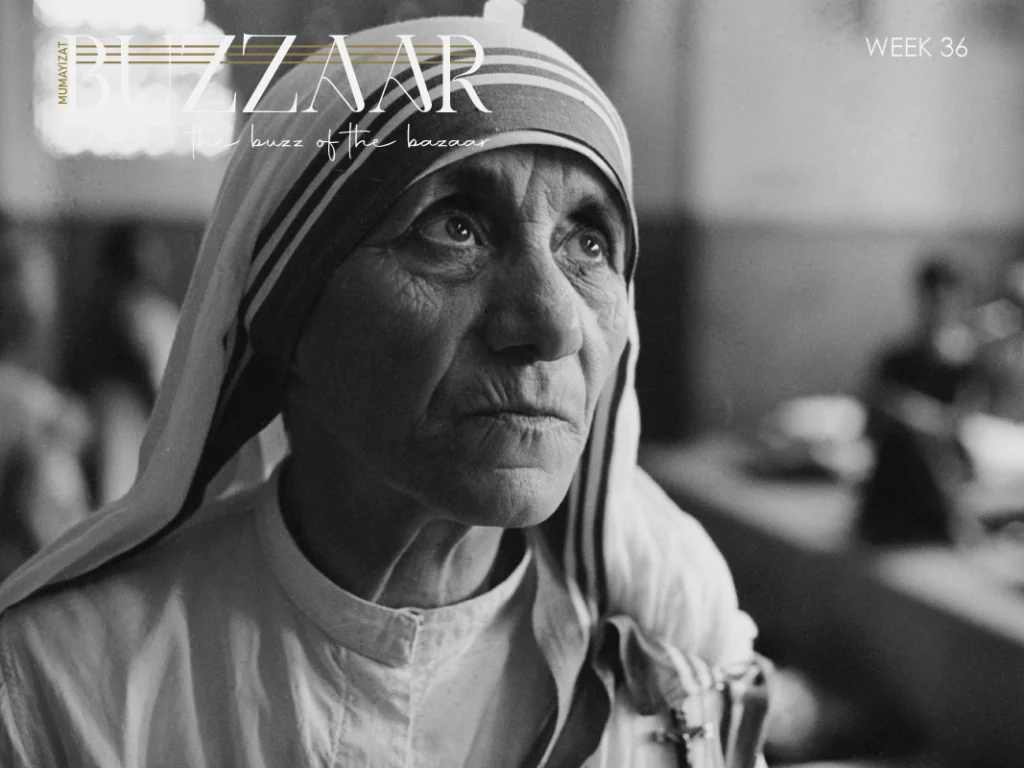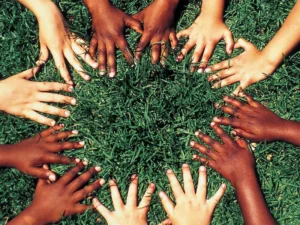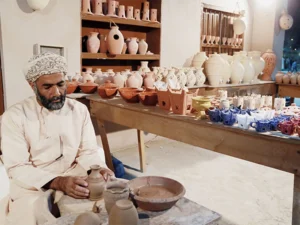INTERNATIONAL DAY OF CHARITY

Ways to Make a Meaningful Impact Inspired by Mother Teresa
International Day of Charity, observed on September 5th each year, serves as a reminder of the profound impact individuals and organisations can make through acts of kindness and generosity. This day holds special significance as it coincides with the anniversary of the passing of Mother Teresa, a renowned figure in the world of charity and compassion.
Mother Teresa, often referred to as the “Saint of the Gutters,” dedicated her life to serving the poorest of the poor in India. Her selfless devotion and tireless efforts to alleviate the suffering of the destitute inspired people worldwide to follow her example. International Day of Charity pays homage to her legacy by encouraging people to engage in charitable activities and make a difference in the lives of those in need.

There are numerous ways individuals can participate in charity on this important day. Firstly, donating to reputable charities or non-profit organisations is a powerful way to contribute. Research and choose organisations aligned with causes close to your heart, whether it’s providing clean water, supporting education, or aiding disaster relief efforts.
Secondly, volunteering your time and skills can be equally impactful. Whether it’s tutoring disadvantaged children, helping at a local food bank, or assisting in community clean-up projects, your efforts can create positive change.
Another way to contribute is by organising fundraisers or charity events within your community. Hosting bake sales, charity runs, or auctions can raise funds for various causes and raise awareness about important issues.

Furthermore, spreading awareness on social media and encouraging others to get involved can amplify the impact of your charity efforts. Sharing information about organisations, campaigns, and stories of individuals making a difference can inspire others to take action.
In conclusion, International Day of Charity serves as a reminder of the importance of giving back to our communities and the world at large. Following in the footsteps of Mother Teresa, we can make a meaningful difference by donating, volunteering, organising fundraisers, and spreading awareness about charitable causes. Together, we can create a more compassionate and caring world.
Boosting Happiness Hormones: Strategies for a Happier Life
Happiness is often associated with the release of specific neurotransmitters in our brains. These neurotransmitters, often referred to as happiness hormones, include serotonin, dopamine, endorphins, and oxytocin. Each of these chemicals contributes to our emotional well-being in unique ways.

Serotonin: Often called the “feel-good” neurotransmitter, serotonin plays a crucial role in regulating mood and promoting feelings of contentment. Low serotonin levels are linked to depression and anxiety. Engaging in activities like exercise, spending time in nature, and practising mindfulness can help boost serotonin levels.
Dopamine: Dopamine is associated with pleasure and reward. It is released when we experience something enjoyable, such as achieving a goal or receiving praise. Engaging in creative pursuits, setting and accomplishing tasks, and pursuing hobbies can trigger the release of dopamine.
Endorphins: Endorphins act as natural painkillers and mood elevators. They are released during physical activities like exercise, laughter, and even spicy foods. Engaging in regular exercise is a proven way to increase endorphin levels.
Oxytocin: Known as the “love hormone,” oxytocin is released during social bonding experiences, including hugging, cuddling, and spending quality time with loved ones. Acts of kindness and connection with others can stimulate oxytocin production.

Strategies for Increasing Happiness Hormones
Regular Exercise: Exercise is a powerful tool for boosting happiness hormones. Aerobic exercises, such as jogging, swimming, or dancing, can increase serotonin and endorphin levels, while strength training can promote the release of dopamine.
Mindfulness and Meditation: Mindfulness practices like meditation and deep breathing exercises can help regulate stress and enhance serotonin production. These techniques encourage present-moment awareness and a sense of calm.
Social Connections: Building and maintaining strong social relationships is vital for stimulating oxytocin production. Engaging in meaningful conversations, spending time with loved ones, and participating in group activities can promote bonding and happiness.
Pursue Passions and Hobbies: Engaging in activities you are passionate about or pursuing new hobbies can stimulate the release of dopamine. These activities provide a sense of accomplishment and joy.
Acts of Kindness: Performing acts of kindness, such as volunteering or helping someone in need, can boost happiness hormones by generating a sense of purpose and connection.
Omani Handicrafts: Preserving a Rich Cultural Legacy
Omani handicrafts are a testament to the rich cultural heritage and artistic traditions of the Sultanate of Oman. With a history dating back centuries, these handicrafts have not only served as functional objects but also as a means of preserving and celebrating Oman’s unique cultural identity.

One of the most iconic Omani handicrafts is the intricately designed silver jewellery. Omani artisans are renowned for their skill in creating exquisite pieces that reflect the country’s deep-rooted traditions and the influence of various cultures that have touched its shores over the centuries. The elaborate silverwork often features intricate filigree patterns, geometric shapes, and motifs inspired by nature and Islamic art. These pieces are not merely ornaments; they are tangible expressions of Omani culture and heritage.
Another remarkable aspect of Omani handicrafts is the art of pottery and ceramics. The potteries of Oman have a distinct style that incorporates both form and function. The designs often include geometric patterns and vibrant colours, reflecting the country’s vibrant cultural tapestry. Omani pottery serves utilitarian purposes, but it also embodies the Omani way of life, where traditional values meet the demands of contemporary living.
Omani handicrafts extend beyond jewellery and pottery. The country is also known for its finely woven textiles, intricate woodwork, and beautifully crafted Khanjars (traditional daggers). These crafts showcase the diverse skills and talents of Omani artisans and their commitment to preserving their cultural legacy.

Furthermore, the legacy of Omani handicrafts is not limited to aesthetic appreciation. It plays a vital role in supporting local economies, providing livelihoods for artisans, and promoting sustainable practices. Additionally, these handicrafts have become a source of pride for Omanis and a means of sharing their heritage with the world.
In conclusion, Omani handicrafts are more than just beautiful objects; they are a living testament to Oman’s rich cultural legacy. They embody the artistic expression, craftsmanship, and traditions that have been passed down through generations. These handicrafts not only serve as a connection to the past but also as a bridge to the future, where Oman’s cultural heritage continues to thrive and inspire.

